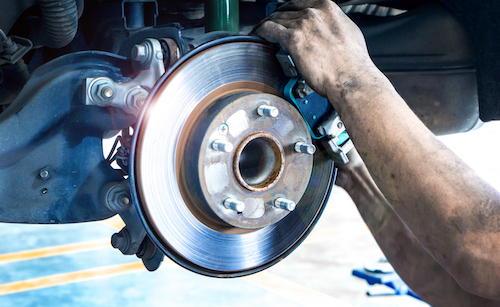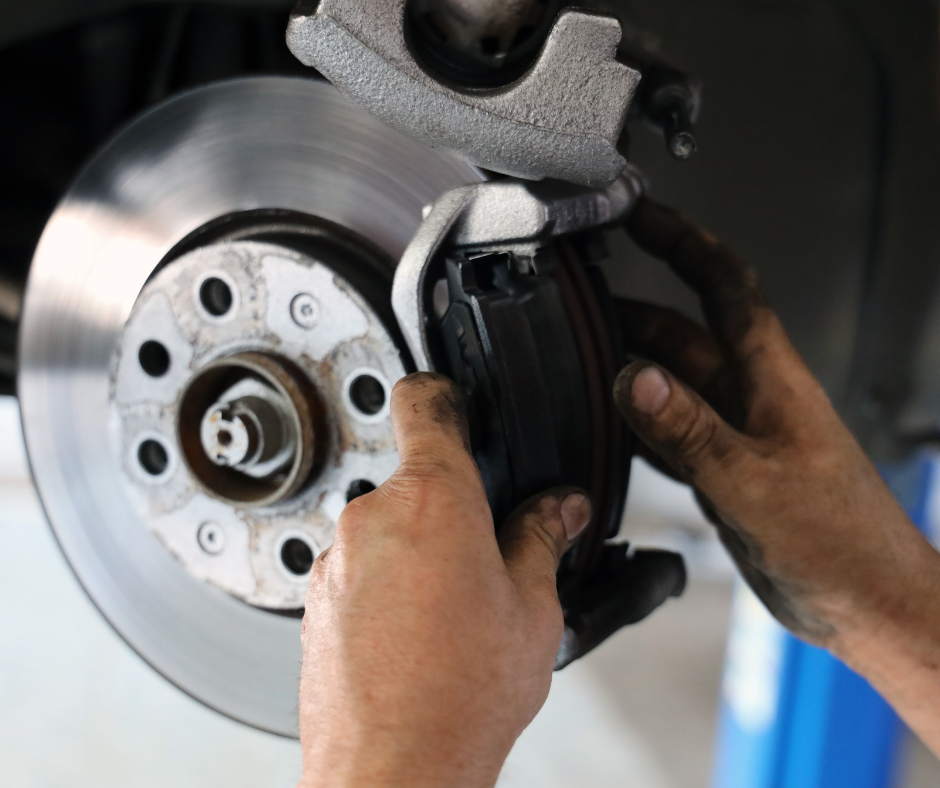Dr Brakes Complete Auto Repair: Auto Repair Palm Aire, FL - Car
Replacement and repair of Brake Lines
Owners of cars frequently worry about brake problems, and one important aspect of brake maintenance is the repair and replacement of the brake lines. Brake lines can deteriorate over time, which can reduce braking performance and increase safety risks. From the symptoms of a problem to the steps necessary to fix it, we will go into great detail about brake line repair and replacement in this thorough guide.
Issues with Brake Lines
For you to be safe while driving, it's crucial to identify brake line issues early on. Here are some typical indications that your car's brake lines might need repair:
Dr Brakes Complete Auto Repair - Coconut Creek, FL
- Soft or Spongy Brake Pedal: If your brake pedal feels spongy or soft when you press it, there may be air in the brake lines or a leak in brake fluid. Both circumstances call for a quick inspection and potential repair.
- Low Brake Fluid: A sudden decrease in brake fluid levels may indicate a brake line leak. To identify this problem quickly, regularly check the reservoir of your brake fluid.
- Brake Warning Light: If the brake warning light appears on your dashboard, it is a clear sign that the braking system is malfunctioning. Even though it might not specifically identify brake line problems, it suggests that a closer look is required.
- Look for any indications of brake fluid leaks in the area around your wheels. A broken brake line may be indicated by puddles or wet areas close to the tires.
- Reduced Braking Performance: A problem with the brake lines may be present if you notice that your car takes longer to stop or doesn't react as quickly when you apply brakes.
The value of Repairing a brake line
Rapidly addressing brake line problems is essential for a number of reasons:
- Safety: Ensuring your safety and the safety of others on the road is the most crucial component of maintaining your brake lines. For overall vehicle control and accident avoidance, functional brakes are crucial.
- Legal Compliance: Many regions have laws requiring that the brakes on cars be in good working order. Legal repercussions may result from failing to maintain your brake lines.
- Cost-effectiveness: Early identification and repair of brake line problems are more economical than waiting until the issue worsens. It can be very expensive to replace the entire braking system because it was neglected.
Repairing a brake line

It's critical to act right away if you suspect a brake line problem or have seen any of the above symptoms. The steps involved in brake line repair are listed below:
Brakes - Dr Brakes Complete Auto Repair - Imperial Point, FL

- Diagnosis: Start by pinpointing the precise issue. A thorough inspection of the brake lines and related parts is frequently necessary for this. It's critical to identify the precise location of the problem.
- Fluid Drainage: To avoid contamination and spills, safely remove the brake fluid from the system. For environmental reasons, it's crucial to properly dispose of used brake fluid.
- Line Replacement: The brake line should be carefully replaced after the damaged section has been located. Due to their strength and resistance to corrosion, stainless steel brake lines are a popular option.
- Bleeding the Brake System: To get rid of any air bubbles, the entire brake system must be bled after the brake line is replaced. This procedure makes sure the brakes operate properly.
- Fluid Refill: Use the brake fluid that is recommended by the manufacturer to refill the reservoir. Examine the system for any leaks or irregularities.
- Testing: Run a series of tests to make sure the brakes are working properly before putting the car back in regular use. In a secure setting, test the pedal feel and braking efficiency.
Replacement Brake Line
In some circumstances, brake line problems might be so serious that fixing them is not an option. Replacement of the entire brake line becomes required. Here's how to go about it:
- Complete System Inspection: To determine the extent of the damage, start by carefully inspecting the entire brake system. Checking every brake line, hose, and related part is part of this.
- Line Removal: Remove the damaged brake lines while being careful to carefully remove all connections and fittings.
- Installing new brake lines involves using high-quality materials and adhering to the vehicle's specifications. Ensure that all connections are secure.
- Bleeding and Testing: Just like with brake line repair, bleeding the brake system and carrying out thorough testing are crucial to guarantee the proper operation of the new lines.
Regular Upkeep
Regular brake system maintenance is necessary to prevent expensive replacements and repairs:
Brakes - OK Tire Of Margate, FL
- Brake Fluid Flush: Regularly flushing and replacing brake fluid keeps the brakes clean and keeps them running at their best.
- Visual Inspections: Check your brake lines on a regular basis for wear, corrosion, or leaks. Early detection of problems can save you time and money.
- Professional Service: As part of routine maintenance, think about having a qualified mechanic check your brakes. They can spot and fix potential issues before they become serious ones.
In conclusion, the integrity of your car's brake lines is crucial for both your safety and how well it works. Knowing the symptoms of brake line problems, making prompt repairs, and carrying out routine maintenance are all crucial steps in making sure your brakes are dependable and effective. To keep yourself and others safe on the road, address brake issues right away rather than waiting until they become serious.
this article check out here